Teafference Seoul (티퍼런스서울)
1.6Km 2024-02-01
61 Donhwamun-ro, Jongno-gu, Seoul
Teafference Seoul is where visitors can taste purple tea made from purple tea leaves that grow naturally on the 1,800-meter plateau in Kenya. As a café and a cultural complex, it comprises a gallery tea café on the first floor where one can enjoy purple tea and art exhibitions, a beauty shop on the second floor, and a rooftop on the third floor. Exhibitions of paintings and photographs are always held using the walls and staircase landings of the spacious interior, making it a great place to relax while enjoying a cup of tea. In addition, this place has an appealing vibe, making it especially popular on social media. Not only is purple tea pretty in color, but it also has less caffeine than green tea or black tea, thus serves as a suitable option for the health-conscious. A variety of menu items are available, including Teafference Signature Purple Tea, Teafference Purple Milk Tea, and Teafference Purple Tea Einspanner. Another recommended menu item is Purple Tea-Makase, a course menu which serves several types of purple tea and desserts.
Donuimun Museum Village (돈의문박물관마을)
1.6Km 2024-07-22
14-3 Songwol-gil, Jongno-gu, Seoul
Donuimun Museum Village is a historical and cultural space situated in the city center reborn through Seoul-style urban generation while still maintaining its historical value as the first village within the western gate of Hanyangdoseong as well as the lives and memories from the city's modern and contemporary era.
Together with the neighboring area surrounding Gyonam-dong, Jongno-gu, Donuimun Museum Village was selected for inclusion in the "Donuimun New Town" in 2003 for which all of the existing buildings were to be torn down to construct a neighborhood park. But the city of Seoul had another plan in mind; it wanted to maintain this small village, where the old lives and memories are still well-preserved, as a village museum to not only spread the historical significance of Saemunan Village, the first neighborhood within the western gate of Hanyangdoseong (the Seoul City Wall) but also establish the village as a historical and cultural asset for all Seoul citizens. The village was remodeled while keeping the buildings as untouched as possible and, in a few sites where houses had been torn down, broad yards were created. As a result, the warm and affectionate appearance of the village including modern structures, urban-style hanok, and streets with 100 years of history still remain today in their original places to be reborn as a place of new culture enjoyed and experienced by citizens.
Today, Donuimun Museum Village welcomes visitors with a new concept, "100 Years of Seoul, Time Travel Playground in the City." The village has undergone a significant overhaul to fill itself with "participation-style" spaces and contents where exhibits, experience sessions, performances, and marketplaces are held year-round while keeping 40 or so existing buildings intact in order to solidify its identity as a "living museum village," which is the original intention behind the village's creation.
A Flower Blossom on the Rice (꽃,밥에피다)
1.6Km 2023-10-10
3-6 Insadong 16-gil, Jongno-gu, Seoul
A Flower Blossom on the Rice serves beautiful, healthy meals using ingredients grown in accordance with eco-friendly practices. Diners can expect to enjoy dishes made with organic rice grown in Bongha Village, pesticide-free vegetables, wheat, traditional pastes, and undyed meats. Popular menus include the vegetable course, suitable for vegans, the tteok bulgogi made with Korean beef, braised rockfish harvested around Heuksando Island, and the five-colored bojagi bibimbap.
Kkotbabe Pida (꽃밥에피다)
1.6Km 2021-03-26
3-6, Insadong 16-gil, Jongno-gu, Seoul
+82-2-732-0276
It is a 2021 Michelin Guide restaurant. This restaurant's signature menu is bibimbap. This Korean dishes restaurant is located in Jongno-gu, Seoul.
Jogeum (조금)
1.6Km 2021-03-29
62-4, Insadong-gil, Jongno-gu, Seoul
+82-2-725-8400
It is a Japanese-style hot pot rice store. The best menu at this restaurant is Hot Stone Pot Rice. This Korean dishes restaurant is located in Jongno-gu, Seoul.
Insa-dong (인사동)
1.6Km 2024-05-17
62, Insadong-gil, Jongno-gu, Seoul
+82-2-734-0222
Insa-dong, located in the heart of the city, is an important place where old but precious traditional goods are on display. There is one main road in Insa-dong with alleys on each side. Within these alleys are galleries, traditional restaurants, teahouses, and cafes.
The galleries are the heartbeat of Insa-dong. There are about 100 galleries in the area offering every example of traditional Korean fine art from paintings to sculptures. The most famous galleries are Hakgojae Gallery, which functions as the center of folk art, Gana Art Gallery, which promotes many promising artists, and Gana Art Center.
The teahouses and restaurants are the perfect complement to the galleries. They are hidden deep within the twisting alleyways, making it feel like a treasure hunt. The shops in Insa-dong are very popular among all age groups, because each one is unique.
Every Saturday from 14:00 to 22:00 and Sunday from 10:00 to 22:00, the main street is blocked to vehicular traffic and it becomes a cultural space. Stores set up booths outside and Korean candy merchants and fortune teller stalls can easily be found; there are traditional performances and exhibits as well. Insa-dong is especially popular among international tourists. This is where they can experience and see traditional Korean culture first-hand, and also purchase pieces of fine art.
Jirisan Restaurant (지리산)
1.6Km 2019-08-01
30, Insadong 14-gil, Jongno-gu, Seoul
+82-2-723-4696
Jirisan is one of the representative Korean restaurants in Insa-dong, an area known for its traditional culture. One of the trademarks of this restaurant, besides its amazingly delectable bean and tofu dishes, is a wooden sign that welcome guests into a neat and cozy interior.
Each day, fresh beans are ground at the restaurant to prepare dishes such as soybean paste, soft tofu, and bean-curd tofu stew. Bean-curds are prepared by using seawater, which gives the tofu a unique flavor. The fresh and clean taste of the tofu is one of the many reasons that choosey tofu aficionados flock to the restaurant.
Not just limited to tofu, Jirisan presents customers with a full-range of side dishes such as kimchi, japchae (glass noodles with sautéed vegetables), cucumber kimchi, seasoned seaweed, braised lotus roots, roasted yellow corbinas (a type of fish), leafy greens, bean-curd stew, and more. The restaurant gives visitors a chance to experience a hearty traditional Korean-style meal, but has thoughtfully toned down its seasonings to appeal to a wider audience (particularly those not used to spicy foods).
One of the recommended menu items is the Jirisan set meal, which offers diners the chance to sample foods that are popular in the Jirisan region. Adventurous diners may want to try the sea urchin soup or dried Pollack soup.
The restaurant, originally a traditional Korean house, has been modified over the years to better suit the needs of its customers. The walls surrounding the structure were removed and a glass ceiling was installed to allow guests to enjoy the natural light of the sun as they sample some of the area’s best traditional Korean cuisine.
High - Anguk Branch [Tax Refund Shop] (하이엔드코리아 안국)
1.6Km 2024-04-17
1F, 62-5, Insadong-gil, Jongno-gu, Seoul
-
Seoul Gyeonggyojang House (서울 경교장)
1.6Km 2021-09-15
29, Saemunan-ro, Jongno-gu, Seoul
+82-2-735-2038
Gyeonggyojang House, a designated Historic Site, was the location of the provisional government and the place where Baekbeom Kim Koo passed away. Seoul reproduced the historical site, Gyeonggyojang House, to use the area as an educational site. Also, the house exhibits the history of the provisional government in order to see the history more clearly.
Restoration work included the demolition of the interior that was changed when the building was turned into a hospital facility and embassy after Kim Koo passed away in 1949. During the work, the remaining parts were maintained with the utmost care. Reconstructed parts were based on the building's floor plan written in Chosun and Architecture (8th edition in 1938). Visitors can see various contents related to the Korean Provisional Government history through relics, video, and information searching corners.
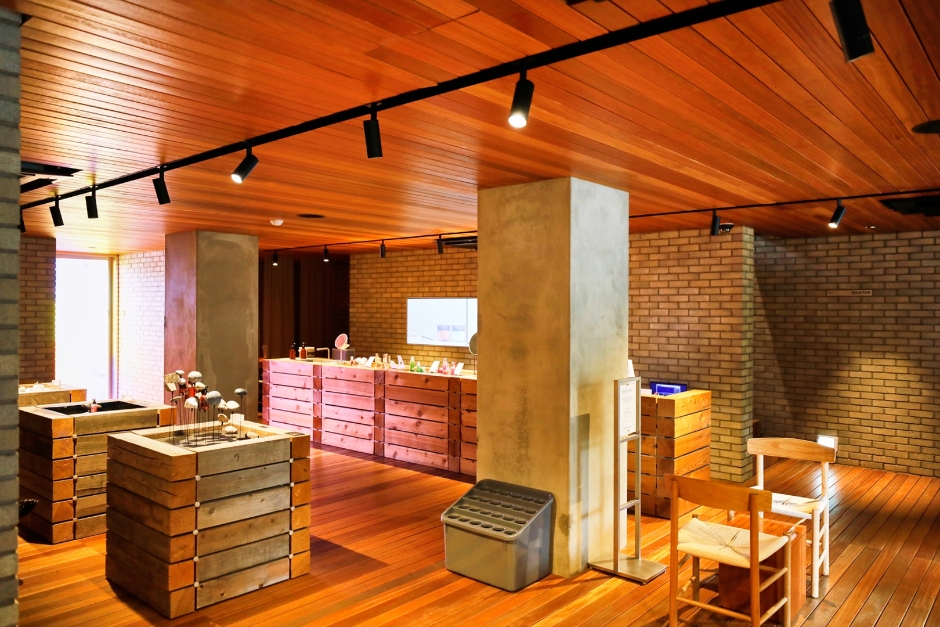
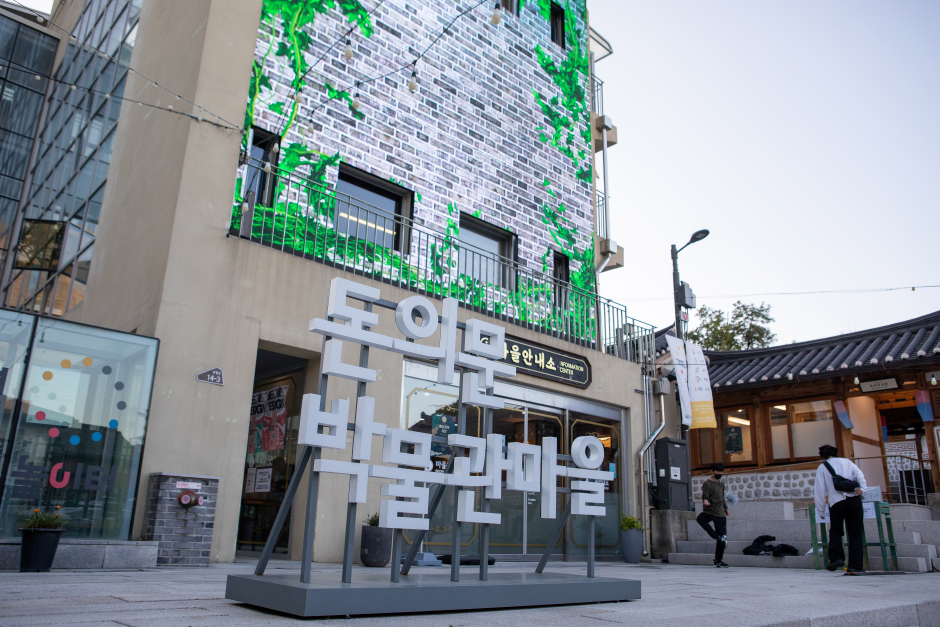
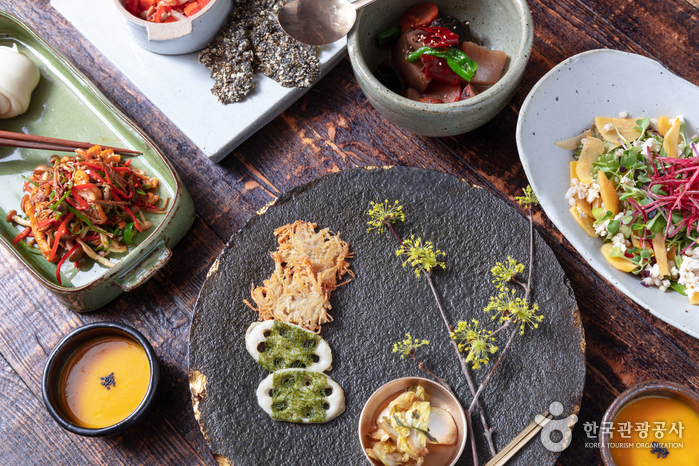
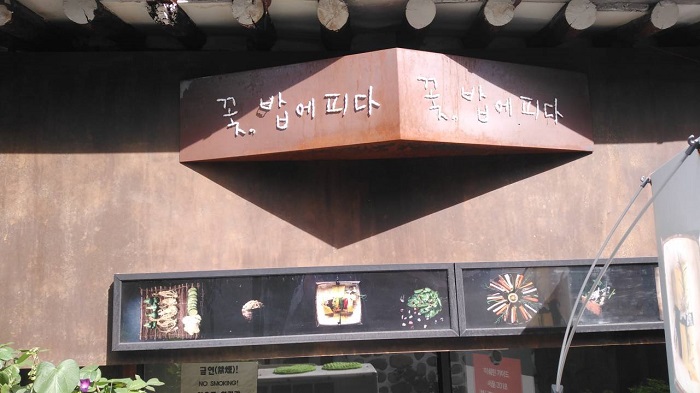
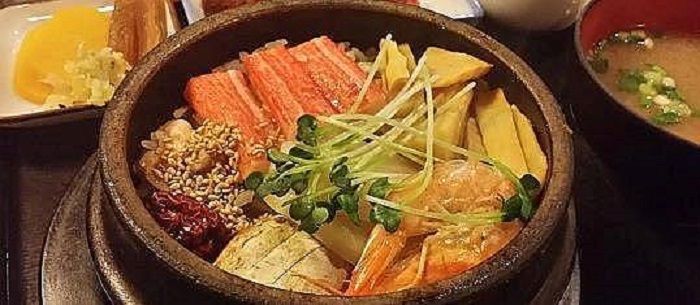
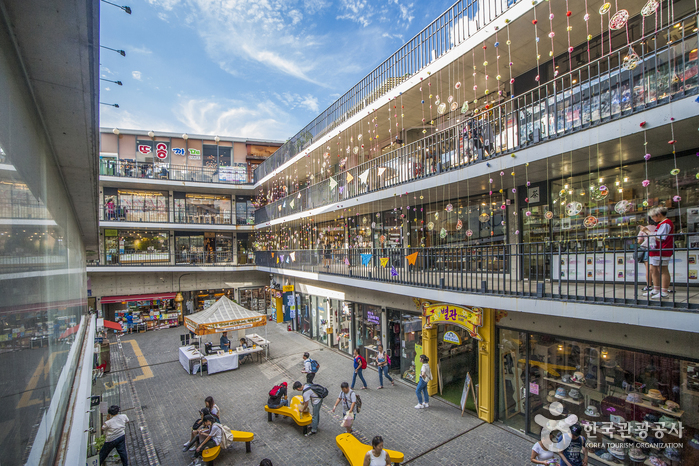
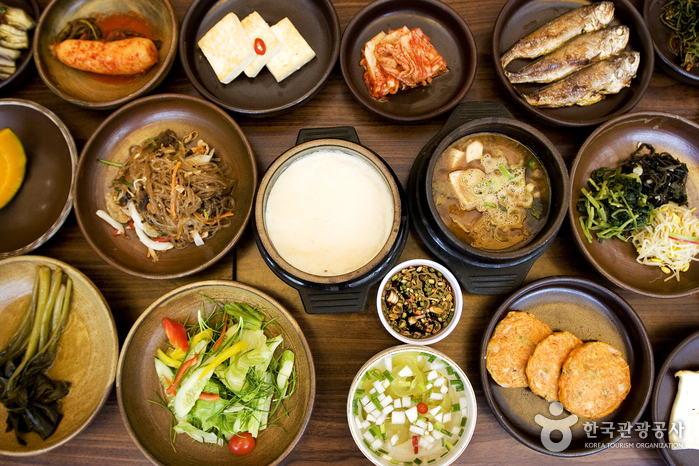

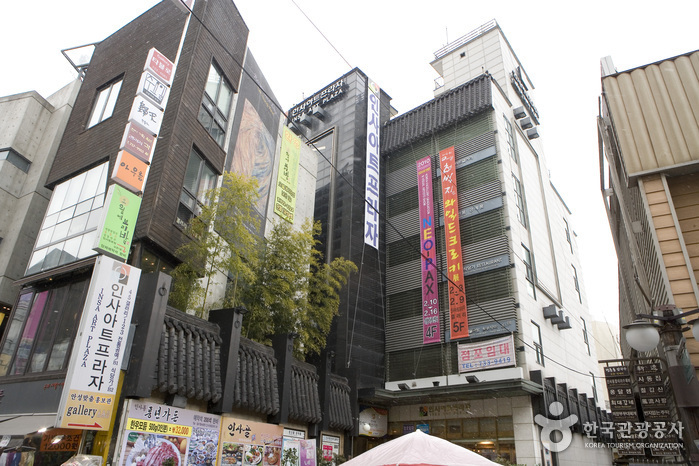
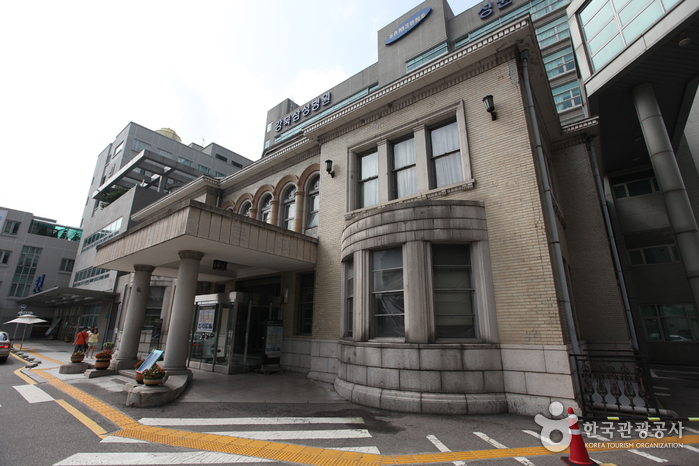
 English
English
 한국어
한국어 日本語
日本語 中文(简体)
中文(简体) Deutsch
Deutsch Français
Français Español
Español Русский
Русский